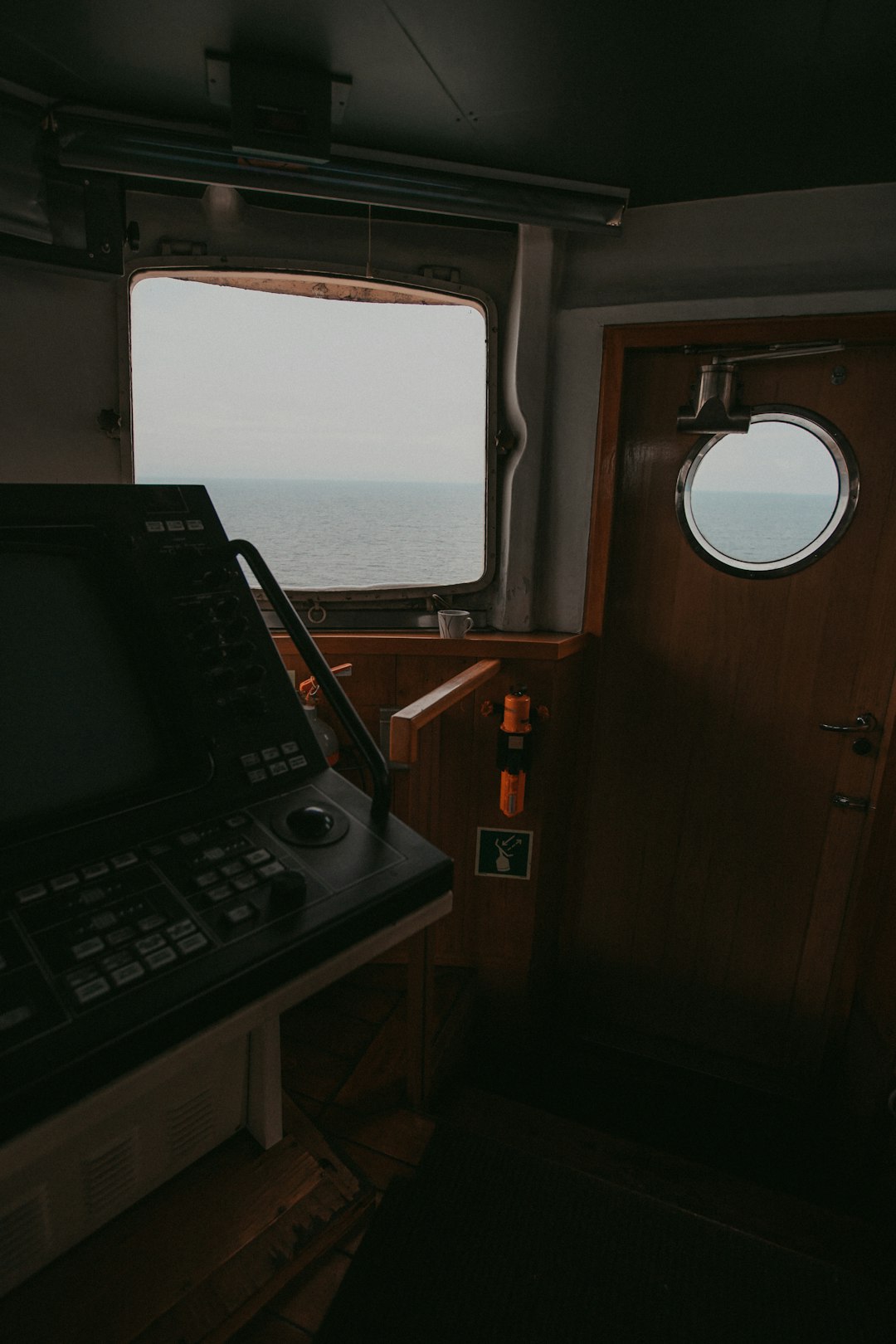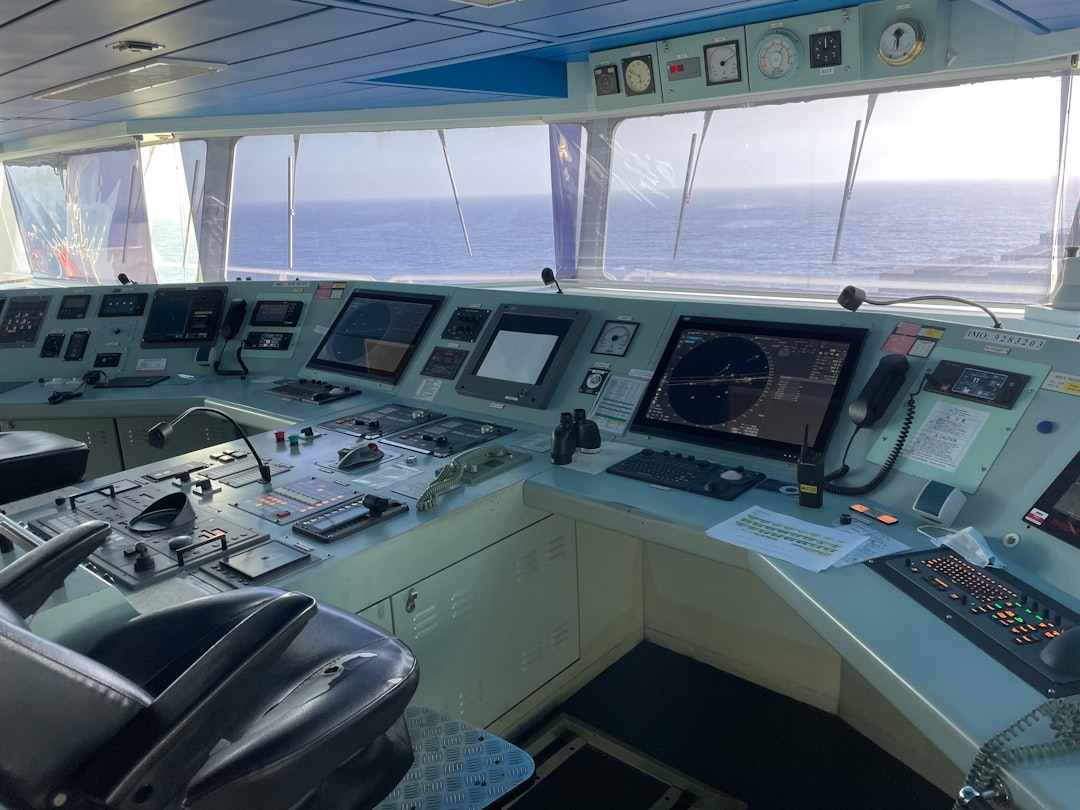Creating a seamless and engaging onboarding experience is a cornerstone of modern software design. In today’s market, users expect to understand how a product works without wading through tedious manuals or irritating walkthroughs. That’s where product tours come in—guided experiences that introduce users to key features and workflows in your app. But not all product tours are created equal. Some feel clunky, aggressive, or overly rigid. The future, particularly in 2025, lies in no-code product tour tools that strike the delicate balance between informative and intuitive—without annoying your users.
What Are No-Code Product Tours?
No-code product tours are onboarding overlays and step-by-step guides created using platforms that require no programming knowledge. These tools empower product managers, UX designers, and customer support teams to build and manage in-app guidance independently. Instead of relying on engineering cycles, teams can iterate quickly and tailor experiences with ease.
These tours can include:
- Tooltips that explain specific features
- Modals that serve as welcome messages or alerts
- Progress indicators showing users how far they are in the onboarding flow
- Interactive prompts that ask users to perform specific actions
While the power of no-code platforms has been known for years, the industry has matured significantly. Developers now have higher standards for seamless UX, leading to the rise of high-performing solutions that ensure users learn efficiently—without frustration.
Why Users Get Annoyed – And How to Prevent It
Before diving into specific tools, it’s crucial to understand what makes a product tour annoying:
- Lack of personalization: Generic messages that assume all users follow the same journey
- Excessive steps: Overly lengthy tours that demand too much user attention at once
- Poor timing: Tips and guidance appearing before a user needs them
- Intrusive designs: UI elements that block or overshadow content
No-code tools in 2025 counter these issues by offering advanced logic, analytics, and personalization features out of the box. Most importantly, they allow companies to test and refine onboarding strategies in real time, minimizing user frustration.

Top No-Code Product Tour Tools That Won’t Annoy Your Users
Let’s explore some of the frontrunners in the no-code space that have found favor with both developers and end-users due to their non-disruptive, scalable approaches.
1. Appcues
Overview: Appcues has long been a staple in the no-code UX toolstack, but its newer versions feature AI-personalization layers and language detection, making it ideal for global applications. It lets you segment users and create highly targeted onboarding paths.
Key Differentiators:
- Drag-and-drop builder that’s simple to use
- Smart triggers based on user behavior
- Extensive integration with analytics platforms
Why It Doesn’t Annoy: Contextual message timing and suppression of irrelevant content prevent information overload, creating a naturally flowing experience for users.
2. Userpilot
Overview: Purpose-built for product-led growth, Userpilot focuses heavily on behavior-based triggers. It supports advanced segmentation, A/B testing, and in-depth analytics without requiring custom code.
Key Differentiators:
- Native support for multi-language onboarding
- Event-driven scheduling of tours
- Templates for best-practice flows
Why It Doesn’t Annoy: Minimalist design approach and user-triggered engagement cues put the user in control of their learning experience.
3. Chameleon
Overview: Chameleon is known for its design-centric editor and real-time deployment system. It’s particularly useful for teams that want pixel-perfect control over styling while avoiding dependency on developers.
Key Differentiators:
- JavaScript-free installation for most use cases
- Full control over CSS and styling
- Surveys and tooltips that match product branding
Why It Doesn’t Annoy: Users don’t feel like they’ve left the product—they stay immersed since Chameleon’s components appear native, not bolted-on.
4. Stonly
Overview: Stonly takes a more knowledge-base-like approach to product tours. It lets companies create conditional, interactive guides that feel like choose-your-own-adventure stories tailored to different personas.
Key Differentiators:
- Branching logic based on user answers
- Multichannel deployment (web, app, and support center)
- Integrated knowledge base management
Why It Doesn’t Annoy: Layered content lets users dive as deep or shallow as they prefer, optimizing for autonomy while offering help when needed.

The Shift Toward Context-Aware Overlays
One of the most impactful shifts in 2025 is the emphasis on context-aware onboarding. Instead of static, linear tutorials, tours now adapt based on user behavior, device, and even previous support ticket history. This evolution blurs the line between a help guide and an intelligent assistant.
Technologies like AI-based decision trees and user event tracking facilitate this next-gen experience. No-code platforms incorporate these advances behind easy-to-use dashboards, allowing teams to roll out smarter interactions in less time.
Best Practices for Non-Annoying Tours
Regardless of which platform you choose, the following best practices will help ensure that your product tour supports rather than hinders user adoption:
- Keep it short: Aim for an initial flow of no more than 3–5 steps.
- Allow skipping: Always give users the option to opt-out or revisit later.
- Personalize intelligently: Use user segments and behavioral data to show only relevant information.
- Time it right: Trigger tours based on actions, not time alone.
- Track and refine: Monitor completion rates, dwell time, and drop-offs to continually improve the experience.
Metrics That Matter
No-code product tours allow for robust data collection without bloat. When working toward a better onboarding experience, focus on measuring:
- Tour Completion Rate – Are users finishing the onboarding sequences?
- Time to First Key Action – How long it takes a user to perform an important function after starting the app?
- Retention Post-Onboarding – Do users stay engaged after completing the tour?
- Support Ticket Volume – A well-designed tour should reduce beginner-level requests.
When tied to product analytics platforms such as Mixpanel or Amplitude, these insights can be further refined to make onboarding a science, not a guessing game.
Conclusion
The days of clunky, one-size-fits-all product tours are numbered. In 2025, leading SaaS companies are embracing no-code onboarding platforms that adapt, respond, and enhance the user journey subtly and respectfully. The best platforms aren’t just easy to implement—they’re also invisible when they’re doing their job right.
No-code product tours that don’t annoy users aren’t just about convenience; they’re about empowerment—helping companies iterate on customer experience without the bottleneck of development resources.
By investing in the right tools and adopting best practices, your product onboarding can go from a source of friction to a signature part of your brand’s user experience.



